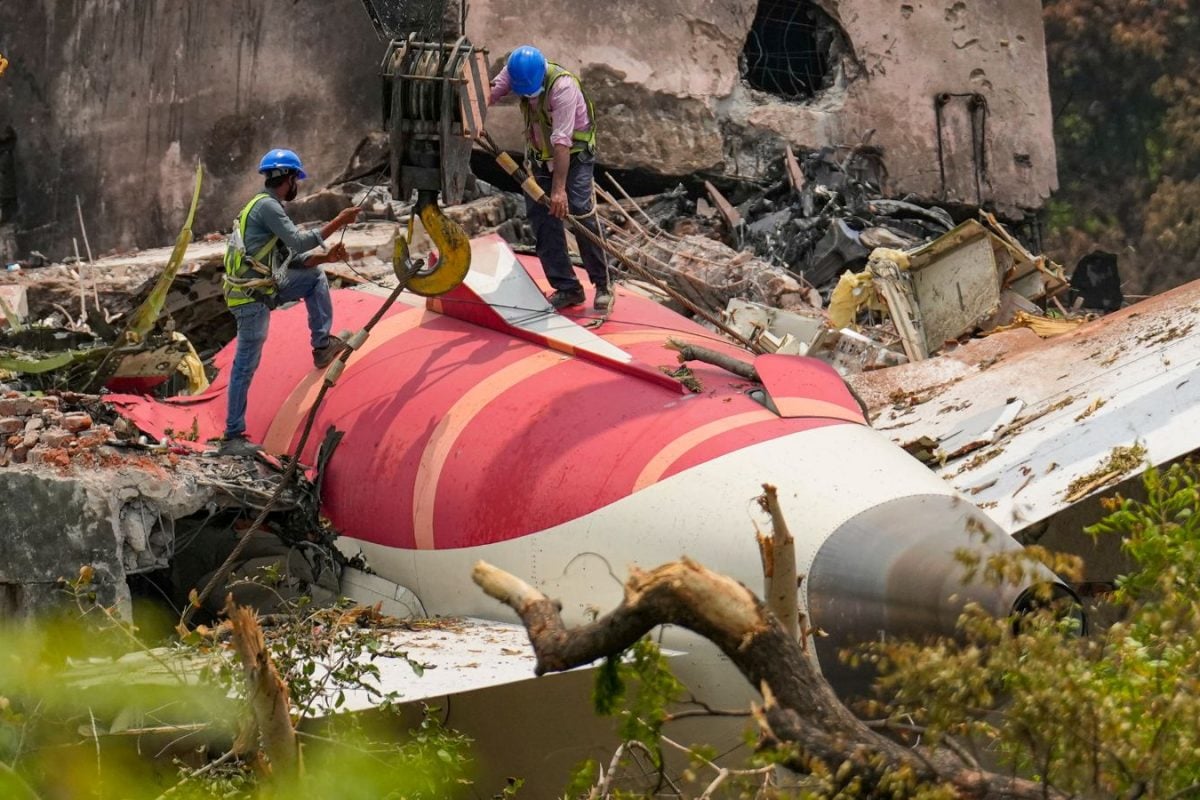

The aviation industry is closely watching the ongoing investigation into the Air India Flight AI-171 crash that occurred on June 12, 2025, in Ahmedabad. The crash, involving a Boeing 787-8 Dreamliner bound for London, resulted in the death of 241 out of 242 people on board and several people on the ground.
In the wake of the tragedy, the Aircraft Accident Investigation Bureau (AAIB) has been diligently working to determine the cause of the crash. As per international aviation protocols, the AAIB submitted its preliminary report to the Ministry of Civil Aviation on July 8, 2025. The report outlines the bureau's initial assessment based on evidence gathered from the crash site and recovered flight recorders. The final investigation report is expected approximately three months after the incident.
A key aspect of the investigation involves the examination of the aircraft's wreckage. Makers and investigators will be meticulously inspecting the wreckage for any signs of defects or malfunctions that may have contributed to the crash. This thorough examination aims to identify any potential structural weaknesses, system failures, or manufacturing flaws that could have played a role in the accident.
The AAIB's investigation team includes experts from various sectors, including the Indian Air Force, Hindustan Aeronautics Limited (HAL), and the U.S.-based National Transportation Safety Board (NTSB). Additionally, officials from Boeing, GE, aviation medicine specialists, and Air Traffic Control experts are also participating in the investigation. The investigation is being conducted under the International Civil Aviation Organisation (ICAO) and India's Aircraft (Investigation of Accidents and Incidents) Rules.
The investigators have successfully recovered and analyzed the Cockpit Voice Recorder (CVR) and Flight Data Recorder (FDR), commonly known as the "black boxes". Data from the black boxes is crucial for understanding the sequence of events leading up to the crash. Indian investigators were able to extract critical data from both devices at the newly operational AAIB lab in Delhi. The memory module from the cockpit's Crash Protection Module (CPM) was accessed on June 25, with data successfully downloaded and verified using a "golden chassis" – a matching unit used to test data integrity.
The investigation has narrowed its focus to the movement of the engine fuel control switches, following an analysis of the Boeing 787's integrated flight and voice data recorders. The 787's flight data recorder would capture the position of those switches, the precise timing of any movement, and the sequence in which they were moved, along with a myriad of engine performance data to evaluate the health of the aircraft and its engines. The investigators are trying to corroborate the data with any wreckage of the fuel switches that may have been found, which would be crucial in ascertaining whether any of the engines were accidentally switched off by the pilots during a critical phase of the flight. They are also investigating whether a dual-engine failure would have resulted in the crash.
The preliminary report is expected to be released to the public this week. The report is based on the initial findings of the probe.